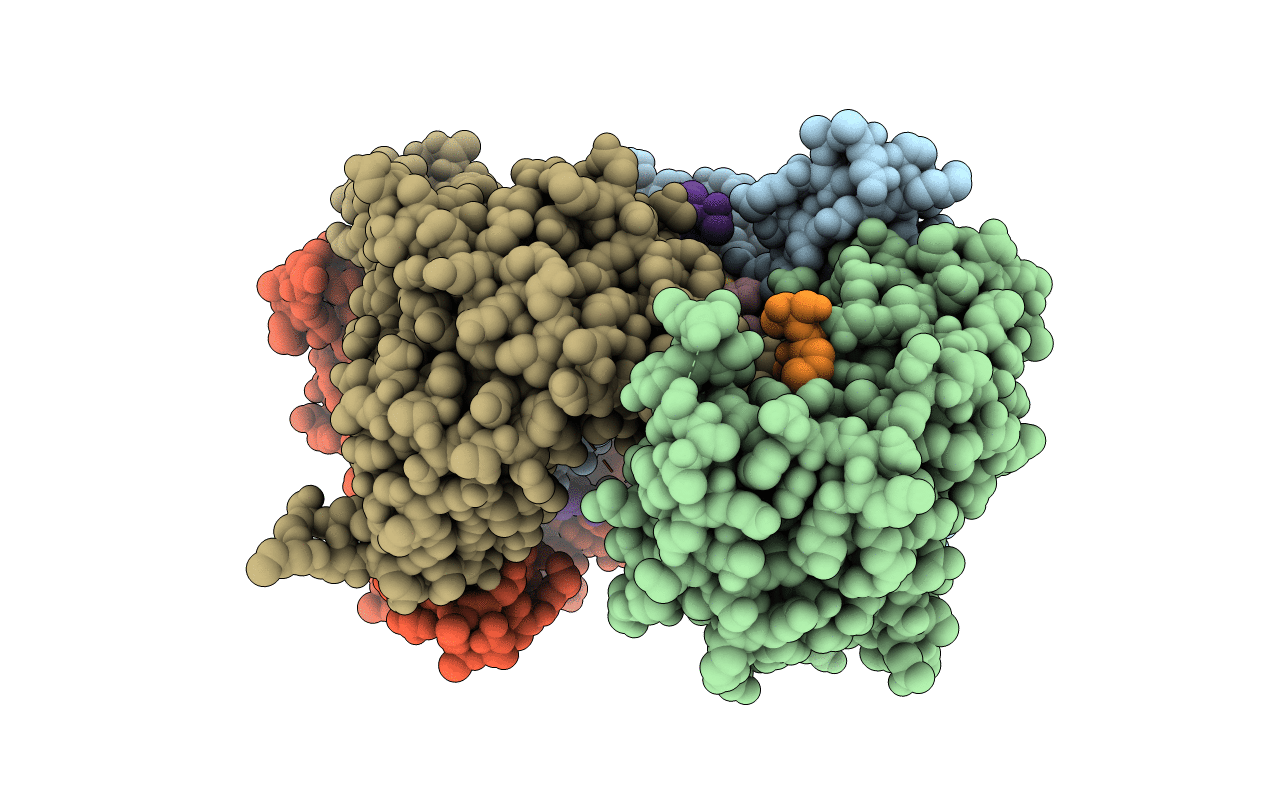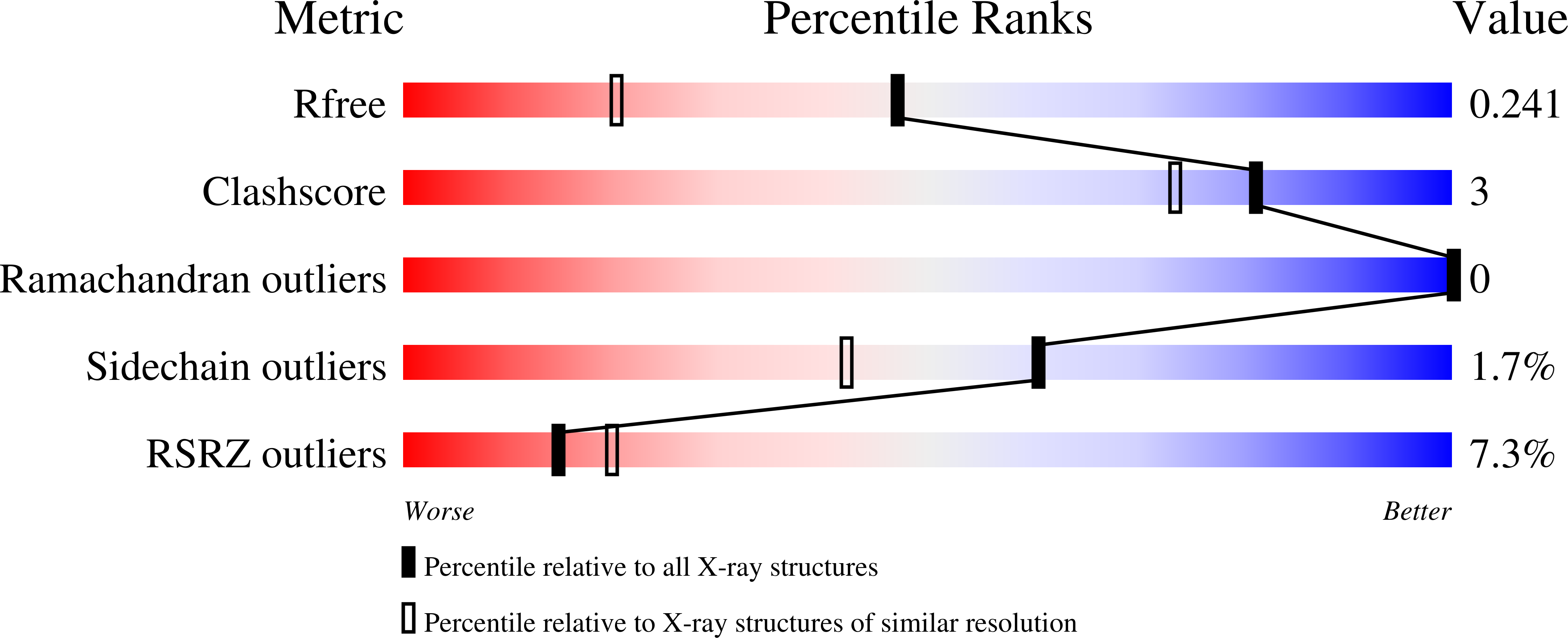
Deposition Date
2021-12-14
Release Date
2022-05-25
Last Version Date
2024-11-13
Entry Detail
PDB ID:
7QI1
Keywords:
Title:
Crystal structure of human 14-3-3 protein beta in complex with CFTR peptide pS753pS768 and PPI stabilizer CY007424
Biological Source:
Source Organism:
Homo sapiens (Taxon ID: 9606)
synthetic construct (Taxon ID: 32630)
synthetic construct (Taxon ID: 32630)
Host Organism:
Method Details:
Experimental Method:
Resolution:
1.76 Å
R-Value Free:
0.24
R-Value Work:
0.19
R-Value Observed:
0.19
Space Group:
P 2 21 21


